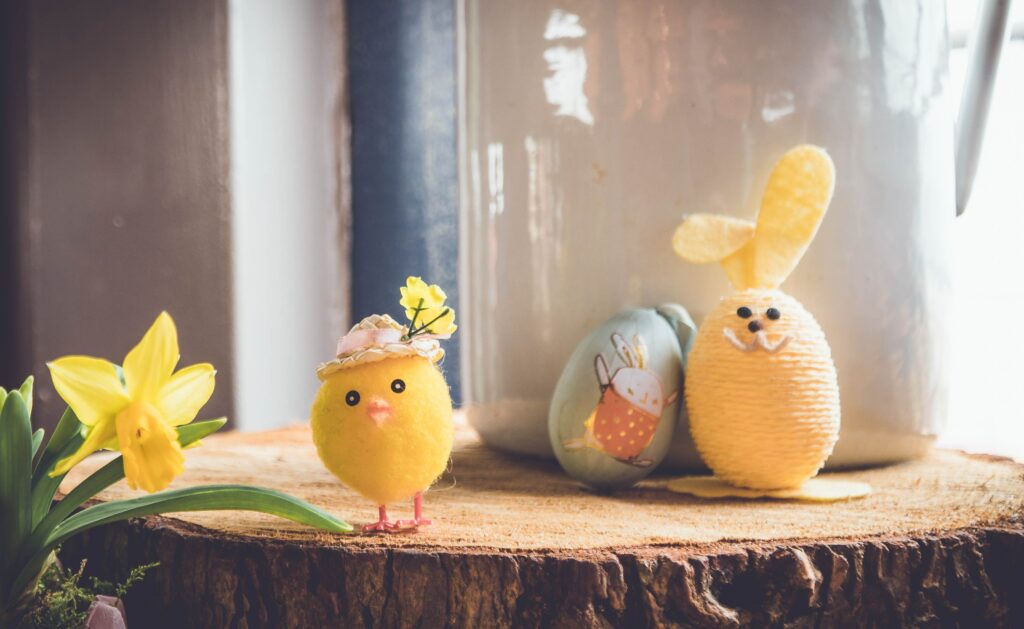Easter is a holiday celebrated by millions of people around the world. It is a time for family, food, and festivities. But where did this holiday come from, and what are some of the traditions associated with it? In this post, we’ll explore the history of Easter, the various traditions around the world, and the flowers associated with this holiday.
The History of Easter
Easter is a Christian holiday that celebrates the resurrection of Jesus Christ. It is believed that Jesus was crucified on a Friday, which is now known as Good Friday. Three days later, he rose from the dead, which is celebrated on Easter Sunday. The date of Easter changes each year and is determined by the first full moon after the vernal equinox.
While Easter is a Christian holiday, it also has roots in pagan celebrations of spring. The name “Easter” comes from the Old English word “ēastre,” which was the name of a pagan goddess of spring. Many of the traditions associated with Easter, such as the Easter bunny and Easter eggs, also have pagan origins.
Traditions Around the World
Easter is celebrated in many different ways around the world. In the United States, it is common to have an Easter egg hunt, where children search for eggs that have been hidden by the Easter bunny. In Mexico, there is a tradition called Semana Santa, which is a weeklong celebration leading up to Easter Sunday. In Greece, it is customary to dye eggs red, which symbolizes the blood of Christ.
Flowers Associated with Easter
Flowers play an important role in many Easter celebrations. One of the most popular Easter flowers is the Easter lily. This flower is white and trumpet-shaped, and it is often used in Easter church services. The white color of the lily symbolizes purity, while the trumpet shape represents the trumpet that will sound at the second coming of Christ.
Another popular Easter flower is the daffodil. This flower is yellow and trumpet-shaped, and it is often associated with the resurrection of Christ. In some cultures, it is believed that if you see a daffodil bloom on Easter morning, it is a sign of good luck.
In conclusion, Easter is a holiday with a rich history and many traditions. Whether you are celebrating with an Easter egg hunt or attending a church service, it is a time to reflect on the resurrection of Christ and the renewal of spring. And as you enjoy the beauty of the Easter flowers, remember the symbolism behind them and the significance they hold in this holiday.


